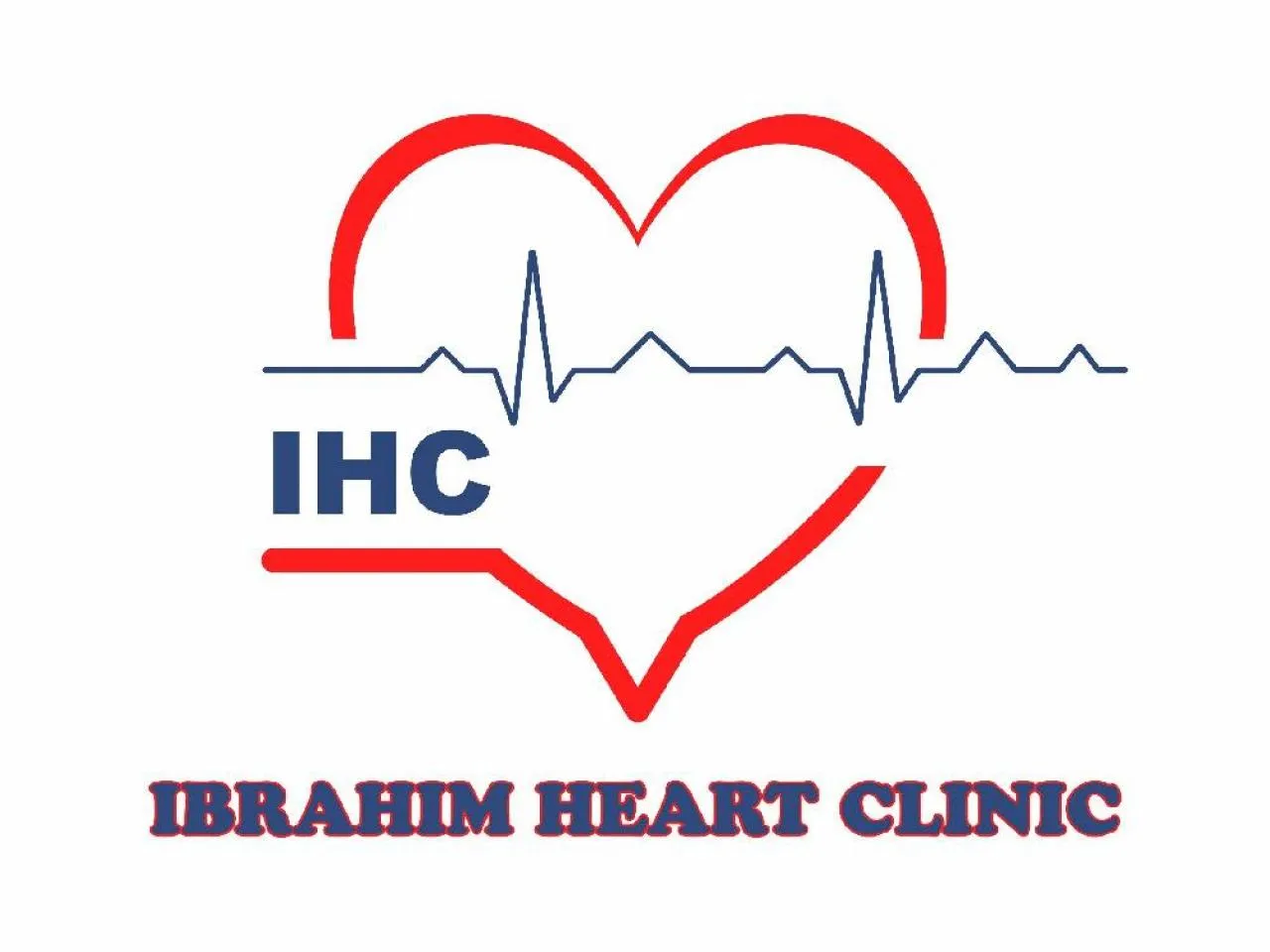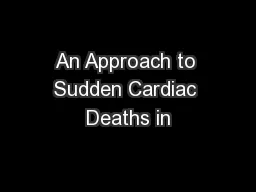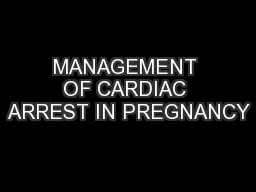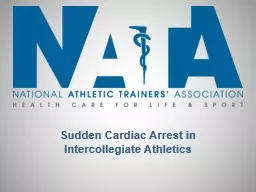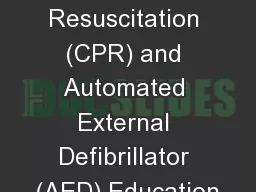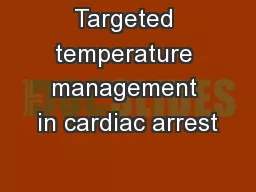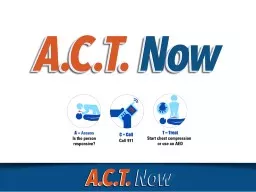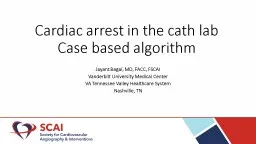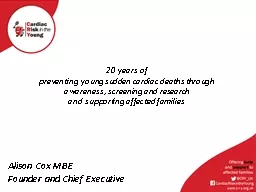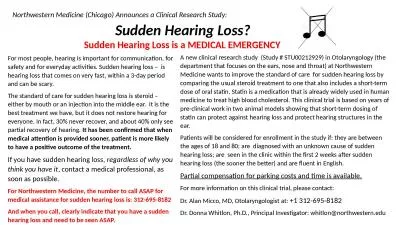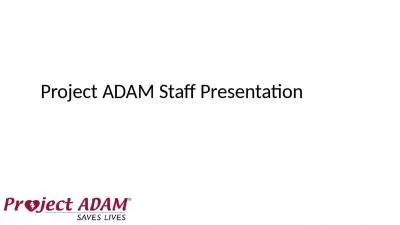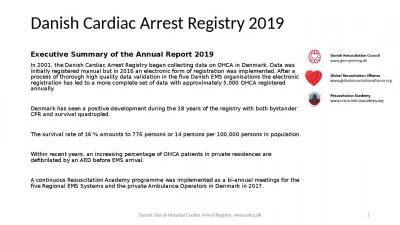PPT-Sudden Cardiac Arrest Morhaf Ibrahim, MD, FHRS
Author : summer | Published Date : 2022-04-07
Electrophysiology Causes of Death in USA 1999 3 Etiology of SCA 4 SCA Risk Factors 5 Prior cardiovascular event Advancing age Hereditary factors African American
Presentation Embed Code
Download Presentation
Download Presentation The PPT/PDF document "Sudden Cardiac Arrest Morhaf Ibrahim, M..." is the property of its rightful owner. Permission is granted to download and print the materials on this website for personal, non-commercial use only, and to display it on your personal computer provided you do not modify the materials and that you retain all copyright notices contained in the materials. By downloading content from our website, you accept the terms of this agreement.
Sudden Cardiac Arrest Morhaf Ibrahim, MD, FHRS: Transcript
Download Rules Of Document
"Sudden Cardiac Arrest Morhaf Ibrahim, MD, FHRS"The content belongs to its owner. You may download and print it for personal use, without modification, and keep all copyright notices. By downloading, you agree to these terms.
Related Documents

